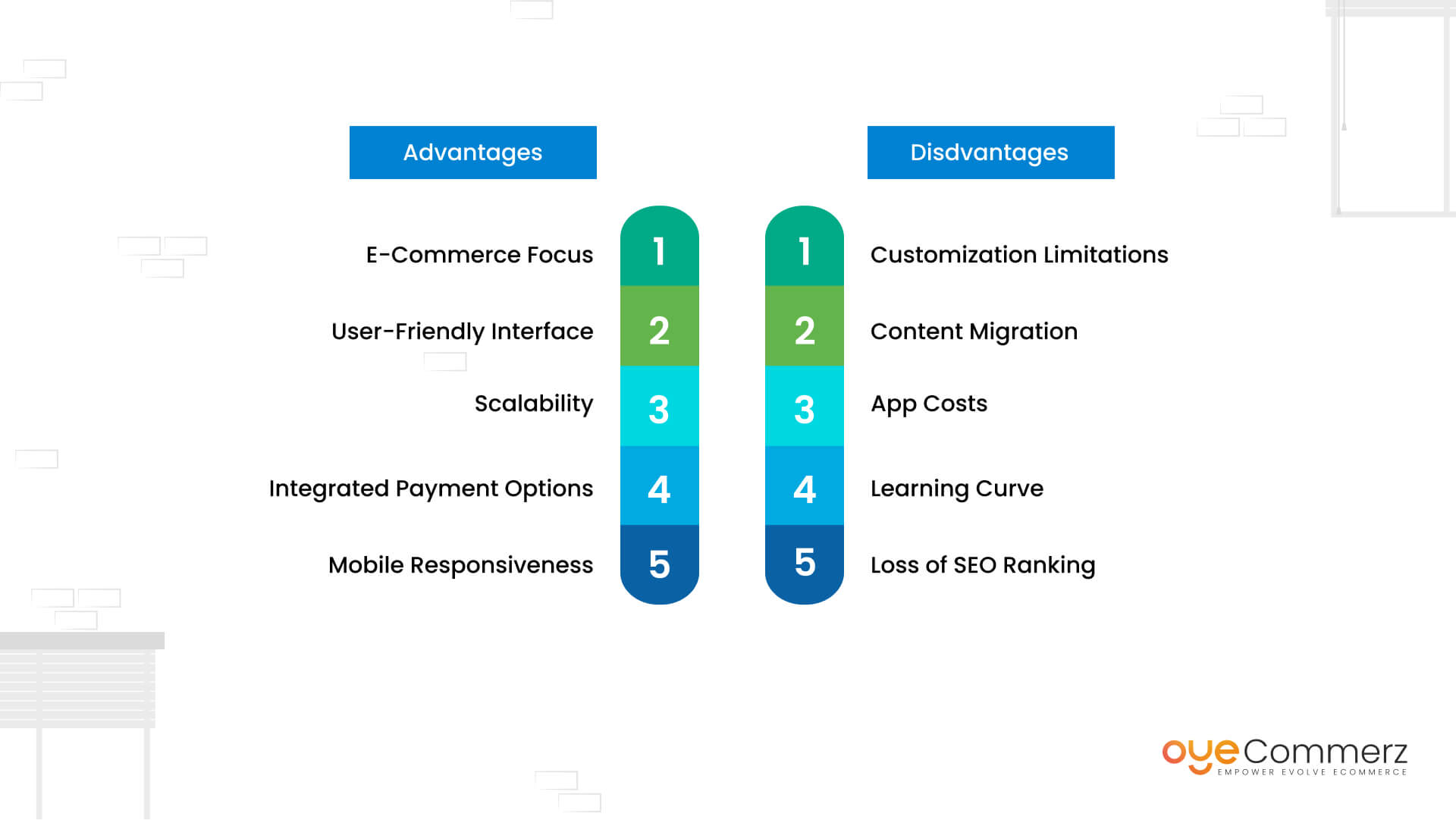Transitioning from WordPress to Shopify marks an exciting step in optimizing your e-commerce processes. As businesses expand, choosing a solution that aligns with growth potential, user experience, and flexibility is essential. Shopify has emerged as a preferred choice for e-commerce professionals, offering superior flexibility, security, and ease of use. In this guide, we will delve into the transformative impact of this migration, discuss the advantages, and provide practical tips to ensure a seamless transition.
1. Why Switch from WP to Shopify?
The combination of WordPress and WooCommerce, has served countless online stores. Nevertheless, as businesses scale, challenges like reliance on plugins, security vulnerabilities, and technical complexities often obstruct progress. Shopify, specifically created for digital retail, eliminates these concerns with an all-in-one, user-friendly platform. Real data supports this transition—Shopify hosts over 4.4 million stores globally, with a reported 10% boost to sales performance for many businesses after migration.
2. Key Benefits of Shopify for E-commerce Success
Shopify’s robust ecosystem is tailored for expanding businesses. Its standout features include:
- Effortless Design Flexibility: Shopify offers over 80 expertly crafted themes.
- Integrated Tools: Capabilities such as Shopify Payments and built-in SEO save time and effort.
- International Expansion: Currency versatility and regional customization enable brands to reach global markets.
Additionally, Shopify delivers an uptime rate of 99.98%, ensuring your website remains accessible.
3. Getting Ready for Your WP-to-Shopify Transition
Before migrating, assess your existing setup. Review product data, client information, and search engine rankings. Resources such as Shopify’s Migration Kit or external tools can simplify this process. Create a detailed strategy, making sure all assets—product descriptions, media files, and blog content—are optimized for transfer.
4. Data Migration: A Critical Step
Transferring your data is a cornerstone of a smooth platform switch. When migrating from WordPress to Shopify, focus on:
- Product Information: SKU, descriptions, and categories.
- Customer Data: Emails, order history, and custom fields.
- Search Engine Considerations: Preserve meta tags, URLs, and redirects to maintain search rankings.
Use tools such as LitExtension to facilitate seamless migration while reducing mistakes.
5. Tailoring Your Shopify Store to Fit Your Brand
After the move, customizing your Shopify store helps it aligns with your business identity. Take advantage of Shopify’s intuitive page builder to design pages effortlessly. Shopify's themes are optimized for all devices, providing a seamless UX across platforms—a key point, since 74% of e-commerce traffic comes from mobile users.
6. Maintaining SEO During Migration
SEO is vital for preserving your visibility during migration. Shopify is highly optimized for search engines with clean URL structures, preloaded features, and seamless blog integration. Make sure you:
- Set up URL forwarding for existing links.
- Optimize new pages with targeted phrases.
- Use Shopify's apps Plug in SEO to monitor performance post-migration.
7. Post-Migration Testing
After finishing the transfer, run detailed checks.
Check:- Website speed (Shopify delivers faster speeds in contrast with WordPress).
- Functionality of payment gateways and transaction flow.
- Mobile responsiveness.
Testing ensures your store delivers a smooth shopping journey from day one.
8. Case Study of a Successful Migration
An example of effective platform switching is Gymshark, a fitness apparel brand that transitioned to Shopify. After the switch, the company experienced a 60% increase in mobile sales and significantly lowered site downtime. This highlights the potential of Shopify in enhancing e-commerce growth.
9. Overcoming Common Migration Issues
Migration is not without obstacles, such as data integrity and adjusting tailored features. However, Shopify’s extensive assistance and third-party experts make overcoming these hurdles manageable. Partnering with qualified Shopify developers ensures a trouble-free transition.
10. Starting Your Journey with Shopify
Migrating from WordPress to Shopify marks a forward-thinking decision to e-commerce. By focusing on growth, simplifying management, and improving buyer satisfaction, Shopify CMS migration Shopify enables companies to thrive in challenging industries.
Conclusion
Transitioning WordPress to Shopify comparison from WordPress to Shopify is a strategic move that can greatly enhance your e-commerce success. With a well-structured strategy, the right tools, and professional guidance, you can unlock new success milestones.
Ready to make the leap? Let’s discuss how our Shopify migration services can revolutionize your e-commerce platform. Get in touch today, or consider: Can your business afford to miss out on Shopify’s growth potential?

Comments on “Seamless WordPress to Shopify Migration: Your Definitive Guide to E-commerce Success”